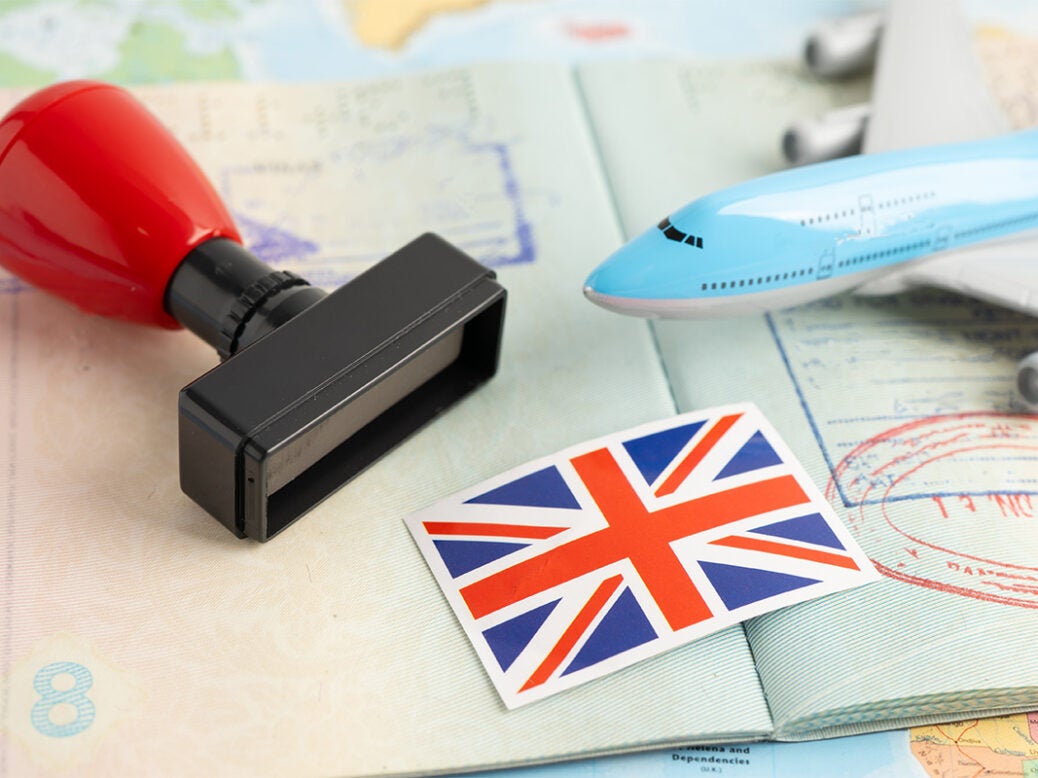
Along with Labour’s signature VAT levy on private school fees, the Treasury last week issued a policy update on how taxes affecting UHNW non-doms in the UK would change.
The non-dom regime will be replaced with the new foreign income and gains (FIG) regime from the new tax year, starting on 6 April 2025, it confirmed — which Payne Hicks Beach partner Basil Dixon has called a ‘highly ambitious programme for implementation.’
While many of the specifics are still uncertain, with Rachel Reeves’ Autumn Budget on October 30 expected to provide more clarity, the new regime will only allow international UHNWs to avoid additional UK taxes on their foreign income for four years — far less than the up-to-15 years that they used to be able to claim the non-dom status for.
Labour has confirmed that some of the Conservatives’ more forthcoming changes to the treatment of resident non-doms — including that non-doms losing the status would get a one-year reduced rate of income tax of 50 per cent — will not go ahead.
But so far it has remained quiet on exactly what will happen to the ‘Temporary Repatriation Facility’.
[See also: New Labour government unveil crackdown of non-dom regime — as it happened]
Announced in March by the Tories, non-doms losing the remittance basis from April 2025 will be able to remit income not yet brought into the UK at a special reduced rate of 12 per cent for two years.
This means that until April 2027, income could be brought in the UK by non-doms for a rate much lower than the highest income rate band of 45 per cent, while gains could be brought into the UK for substantially less than the 20 per cent levy.
Although Spear’s top flight tax lawyer Russell Cohen has said that it ‘seems likely the rate for the TRF will now be higher than 12 per cent, particularly given that it is very probable that the current 20 per cent rate of capital gains tax will be increased over the next few months,’ other tax advisers say this could be an opportunity to offer something of an olive branch to non-doms losing the status.

The temporary repatriation facility: a win-win for non-doms and the taxman?
Liz Palmer, the head of the private client team at Howard Kennedy, who works with a slate of wealthy international UHNWs, welcomes the plans to keep the temporary repatriation facility.
‘Bearing in mind where we are, and that these changes [to the non-dom regime] are going to happen, I think offering a repatriation facility for a limited period of time seems reasonably generous.’
Palmer says that the special window of two years will allow internationally-mobile people, with income not yet brought into the UK, to ‘get their affairs in order, in a way that will see value come into the country.’
[See also: Can an educational trust help families to pay off higher private school fees?]
Stephenson Harwood’s Jonathan Conder tells Spear’s the TRF is ‘an incentive to bring money onshore,’ which may also yield fruit for the Treasury and the UK’s coffers. ‘The reason for doing that economically is to encourage people to bring more money in. Once it’s here, it’s likely to be spent here. So on paper, it’s an attractive idea.’
While there is some speculation Labour will make the facility less generous, with a higher rate than the 12 per cent announced by the Treasury under Jeremy Hunt, Conder adds the taxman could also consider expanding the remit of the TRF to allow for money to be brought in from foreign trust structures or businesses, and not just personal bank accounts.
It could also, he says, provide an opportunity to simplify the ‘mind-blowingly complicated’ calculation used to work out how funds in overseas bank accounts are taxed once brought into the UK. This would limit the excess costs some non-doms have spent on employing the services of tax advisers to work out how to separate their capital from taxable income and gains – made more complicated in accounts and funds where money is ‘invested and reinvested’.
Conder adds: ‘If someone said, “there’s a simple way [and] a fair way… of making that calculation easy, if that could be combined with the TRF, then you’ve got a winning combination.’
Leaving money abroad may be less costly for flitty internationals
Conder says the plans under the FIG regime shouldn’t be viewed as overly generous. While it might be beneficial for non-doms who are ‘short of funds’ in the UK to bring in income in an efficient way, some UHNWs may not want to bother.
‘If they stay in the UK and are treated the same way as the majority of British tax residents, they will have access to large amounts of their worldwide income, taxed in exactly the same way [as most UK taxpayers.]’
Therefore, it may only make sense to bring any foreign income needed at 12 per cent, and leave the rest of it offshore, where it wouldn’t be subject to UK taxes. When they do lose the benefits of the FIG regime after four years, they will have to pay UK taxes on all their income streams – but they could choose to leave some gains in trusts and uncrystallised in investment funds if they do choose to leave the country.
‘For those with money outside the UK, 12 per cent is more than 0 per cent,’ Conder says.
‘It is helpful, don’t get me wrong. But it may not have quite the same impact as anyone might think.’
He also advocates for a longer transition period so non-doms can successfully grapple with the legislative changes. ‘Two years is not a long time to get your head around this, and there are a lot of other changes going on.’






